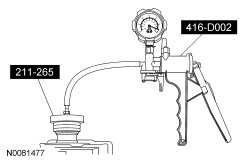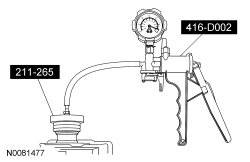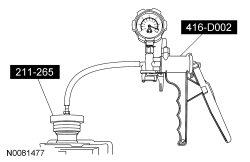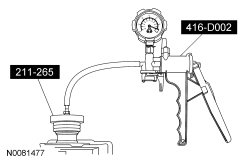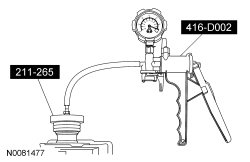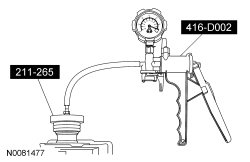Boss 2731
Full Access Member
My steering pump went south on me a while back and I decided after some research to go ahead and upgrade to a Lee PS kit. All went well with the install except my new PS system is whining louder than the old one. Let me say up front, this is in no way a dig on Lee. I have been in touch with them since the beginning and they have been VERY helpful. They went so far as to send me a replacement pump and have continued to offer advice. I just feel like I don't want to over do it asking for help from them, plus I figured it wouldn't hurt to have some fresh ideas. I'm really getting frustrated with the fact that I can't figure it out. At Lee's suggestion, I have shortened a couple of lines, I've tried spinning the pump with a drill. Nothing seems to help. Over the weekend, I tried putting a vacuum on the reservoir to see if I could get any air out. It was bubbling, so obviously there is still air in the system. Does anyone know if it's ok to turn the steering wheel (engine off) while the system is under vacuum? Ok to turn the pump (with the drill) while under vacuum? From what I saw this weekend, it seems my best bet to get the air out is with the vacuum, I'm just looking for ways to make it as effective as possible. I'm also starting to wonder if maybe the adaptor fitting on the steering rack might be sucking air in. I've been over all of the hose ends, but I haven't actually checked the O-rings on the adaptor. Short of pulling the adaptor out, I'm not sure how to check for a good seal. I really don't want to drain and bleed the whole system again from scratch if I don't have to.


